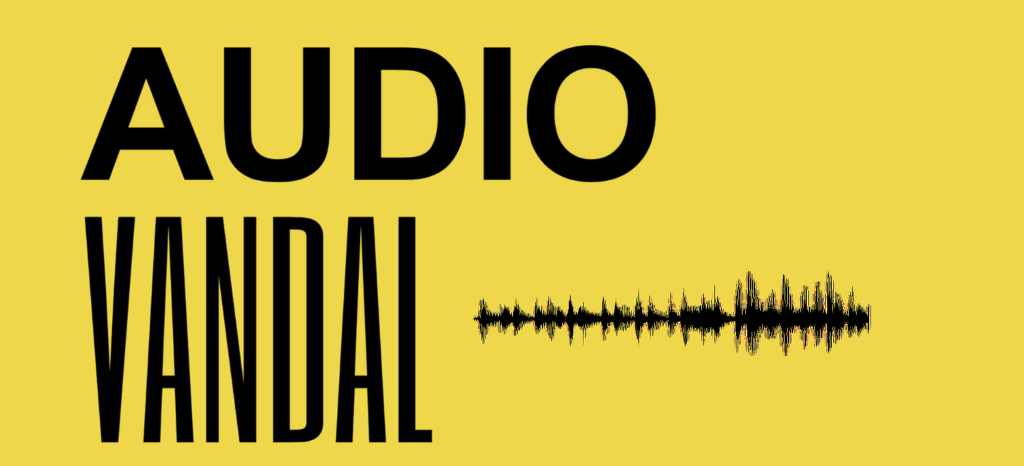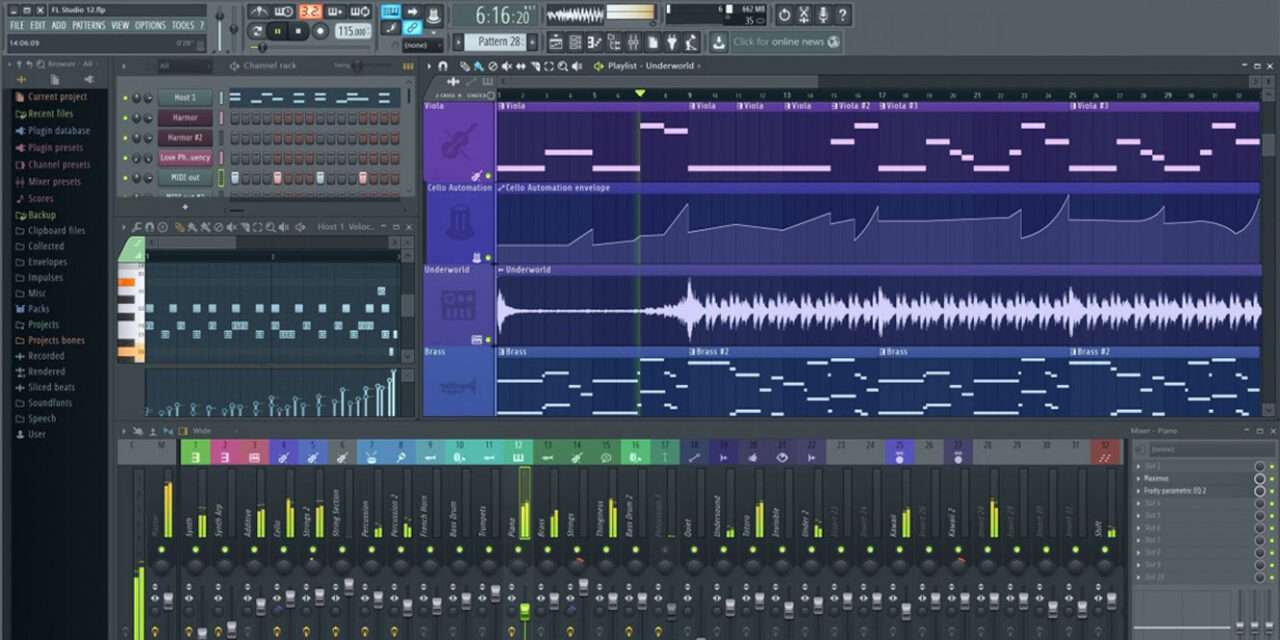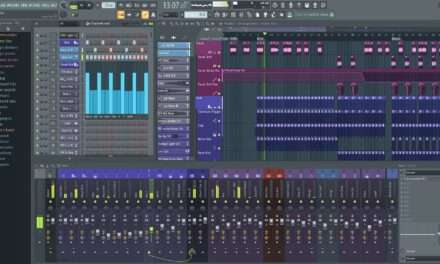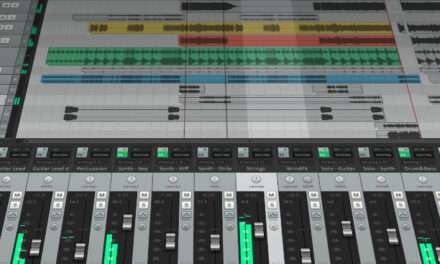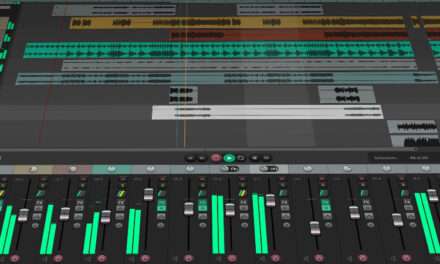When it comes to digital audio workstations (DAWs), few names are as iconic as FL Studio. Known for its user-friendly interface, powerful features, and endless creative possibilities, FL Studio has been a go-to tool for producers across genres for over two decades. Whether you’re a beginner crafting your first beat or a seasoned professional working on a chart-topping hit, FL Studio has something to offer. After years of using it myself, I’m here to break down why this DAW continues to be a favorite in the music production world.
First Impressions: A Workflow That Feels Like Home
One of the first things you’ll notice about FL Studio is its intuitive and visually appealing interface. The layout is clean, with a drag-and-drop workflow that makes it easy to get started, even if you’re new to music production. The Pattern-based sequencing is a standout feature, allowing you to build loops and arrangements with ease. This approach is particularly appealing to beatmakers and electronic music producers, but it’s flexible enough to accommodate any genre.
The Channel Rack is the heart of FL Studio, where you can load instruments, samples, and plugins. From there, you can sequence patterns in the Piano Roll, which is widely regarded as one of the best in the industry. Its precision and ease of use make it a joy to program melodies, chords, and drum patterns.
Features That Set FL Studio Apart
FL Studio is packed with features that cater to every stage of the music production process. Here are some of the highlights:
- Stock Plugins and Instruments
FL Studio comes with an impressive array of built-in plugins and instruments. From the versatile Sytrus synthesizer to the powerful FLEX sample-based instrument, there’s no shortage of tools to spark your creativity. The Fruity Limiter, EQ, and Reverb plugins are staples for mixing and mastering, while Gross Beat and Effector add unique effects and modulation options. - Lifetime Free Updates
One of the biggest selling points of FL Studio is its lifetime free updates. Once you buy a version, you’re entitled to all future updates at no additional cost. This is a huge value proposition, especially considering how frequently Image-Line (the developers) adds new features and improvements. - Third-Party Plugin Support
FL Studio supports VST plugins, making it easy to integrate your favorite third-party instruments and effects. Whether you’re using Serum for sound design or Waves plugins for mixing, FL Studio plays well with others. - Performance Mode
For live performers, FL Studio’s Performance Mode is a game-changer. It allows you to trigger clips, patterns, and effects in real-time, making it a versatile tool for DJs and live electronic musicians. - Mobile Integration
FL Studio also offers a mobile app (available for iOS and Android) that allows you to sketch ideas on the go. You can then export your projects to the desktop version for further refinement.
Workflow: Fast, Flexible, and Fun
FL Studio’s workflow is one of its strongest assets. The Pattern-based sequencing makes it easy to build loops and experiment with ideas, while the Playlist allows you to arrange those patterns into full tracks. The ability to clone patterns and make variations on the fly encourages experimentation and keeps the creative process fluid.
The Mixer is another standout feature, offering a professional-grade mixing environment with support for routing, effects, and automation. The ability to record automation in real-time or draw it in manually gives you complete control over your mix.
For those who prefer a more traditional linear workflow, FL Studio’s Audio Clips and Playlist Tracks allow you to work with audio recordings in a way that’s similar to other DAWs like Ableton Live or Logic Pro.
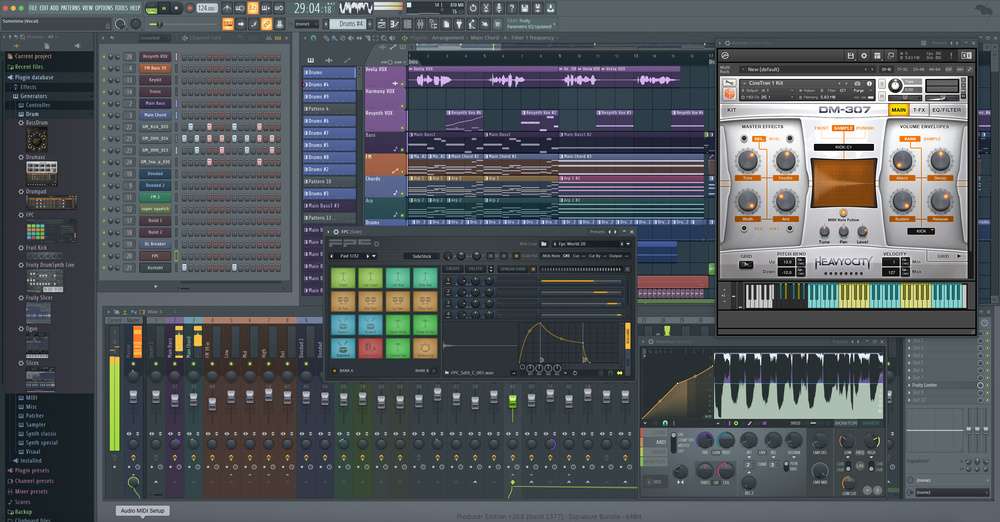
Who Is FL Studio For?
FL Studio is incredibly versatile, making it suitable for a wide range of users:
- Beginners: Its intuitive interface and extensive tutorials make it easy to learn the basics of music production.
- Beatmakers and Electronic Producers: The Pattern-based workflow and built-in instruments are perfect for crafting beats and electronic music.
- Songwriters and Composers: The Piano Roll and MIDI capabilities make it a great tool for writing melodies and arranging full tracks.
- Live Performers: Performance Mode and MIDI controller integration make it a powerful tool for live sets.
That said, FL Studio’s unique workflow might not appeal to everyone. If you’re coming from a more traditional DAW like Pro Tools or Logic Pro, there might be a slight learning curve. However, once you get the hang of it, you’ll appreciate the flexibility and speed it offers.
Pricing and Versions
FL Studio offers four editions, each catering to different needs and budgets:
- Fruity Edition ($99): Great for beginners, but lacks audio recording and some advanced features.
- Producer Edition ($199): The most popular choice, offering full features for most producers.
- Signature Bundle ($299): Includes additional plugins like Harmor, NewTone, and Gross Beat.
- All Plugins Edition ($499): The ultimate package, giving you access to every plugin and feature FL Studio has to offer.
Considering the lifetime free updates, FL Studio is an excellent investment for anyone serious about music production.
Final Thoughts
FL Studio is more than just a DAW—it’s a creative playground that empowers you to bring your musical ideas to life. Its combination of intuitive design, powerful features, and lifetime updates makes it a standout choice in a crowded market. Whether you’re making beats, producing full tracks, or performing live, FL Studio has the tools you need to succeed.
Rating: 9/10
Pros: Intuitive workflow, lifetime free updates, excellent stock plugins, flexible for all genres.
Cons: Pattern-based workflow may not suit everyone, slight learning curve for beginners.
If you’re looking for a DAW that grows with you and inspires creativity at every turn, FL Studio is a no-brainer. Fire it up, start creating, and let the music flow!

